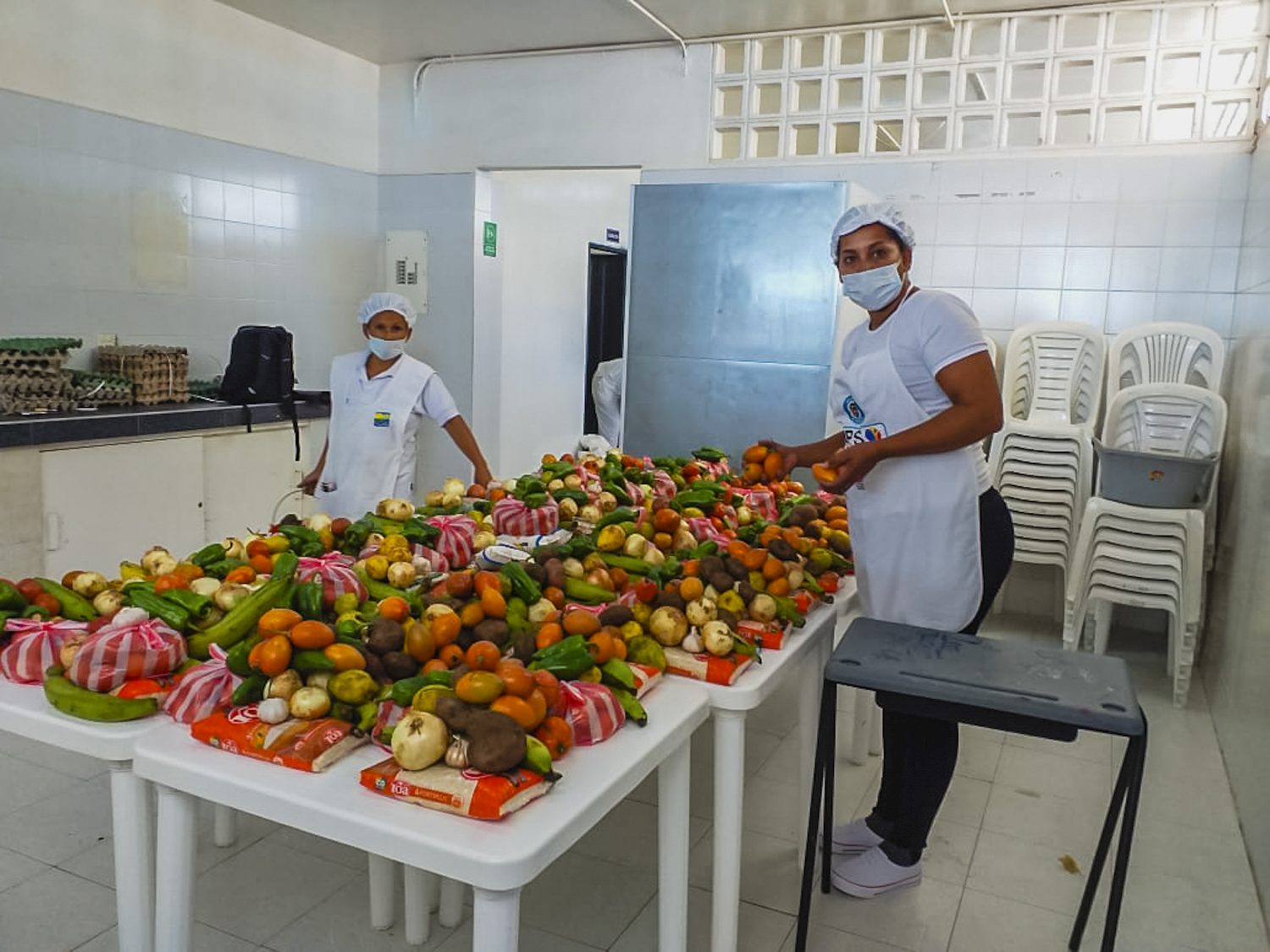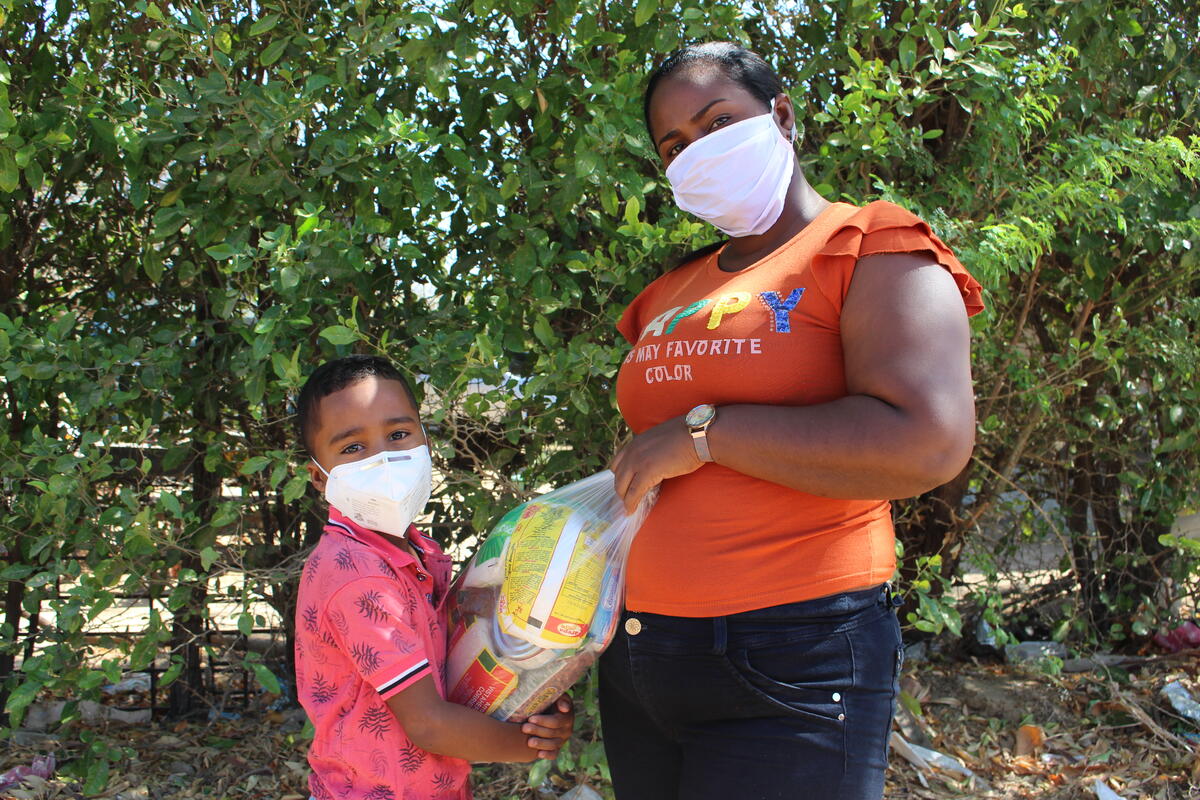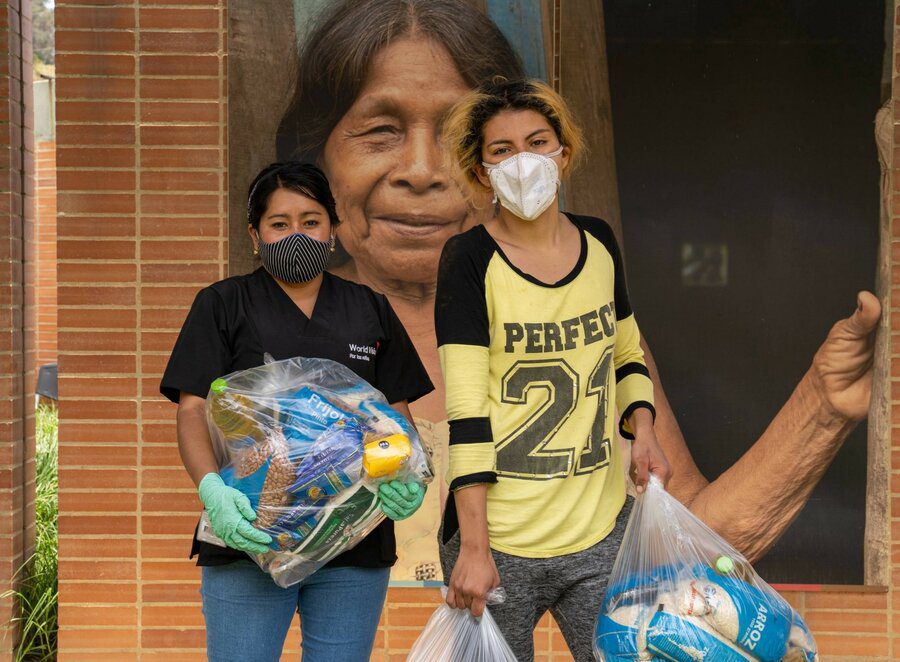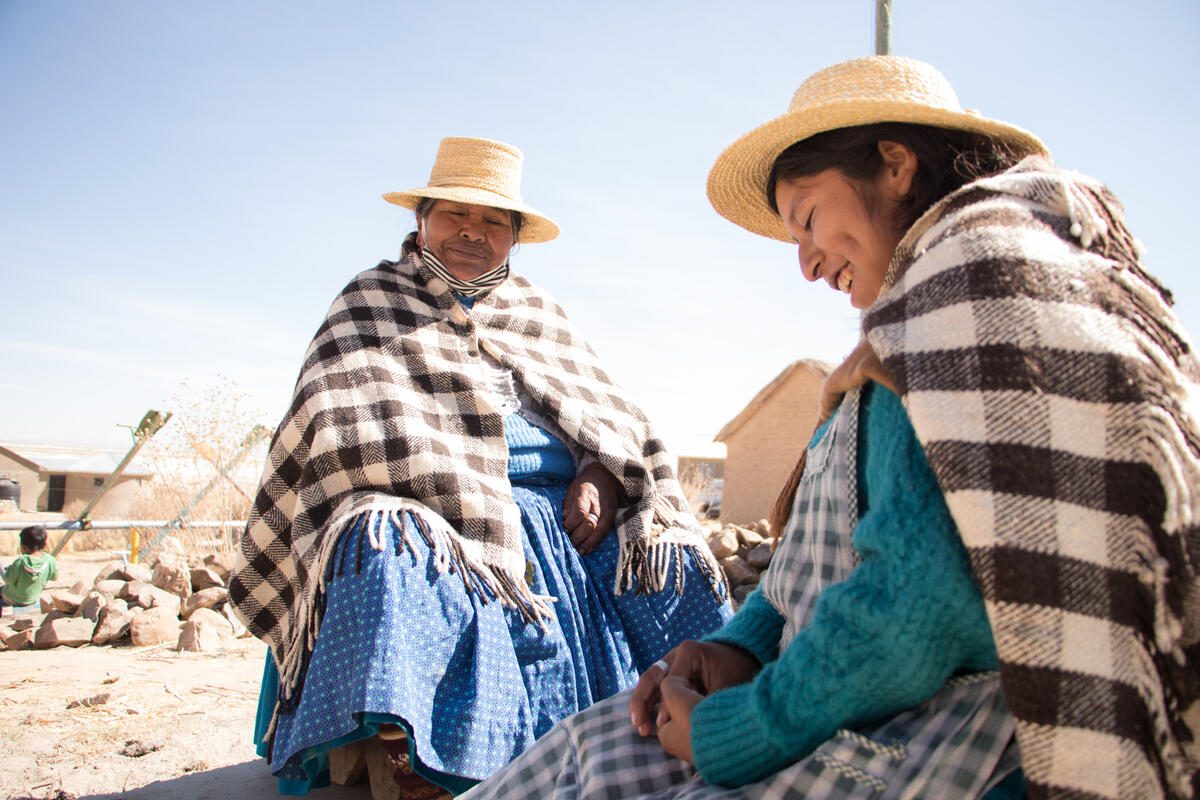A People Left Behind
In 2016, a peace agreement between the Government of Colombia and the country’s main armed opposition group, the Fuerzas Armadas Revolucionarias de Colombia (FARC, Revolutionary Armed Forces of Colombia) put an end to almost six decades of conflict. While other armed groups still operate in the country, this agreement opened up new possibilities for us to tackle – in partnership with the Government, international cooperation agencies and other actors including the private sector – the outstanding challenges of inequality and malnutrition and to build the resilience of community’s long cut-off by armed activities.
You can make a difference. By understanding issues, learning how to civically engage, and joining the movement to end global hunger for good.

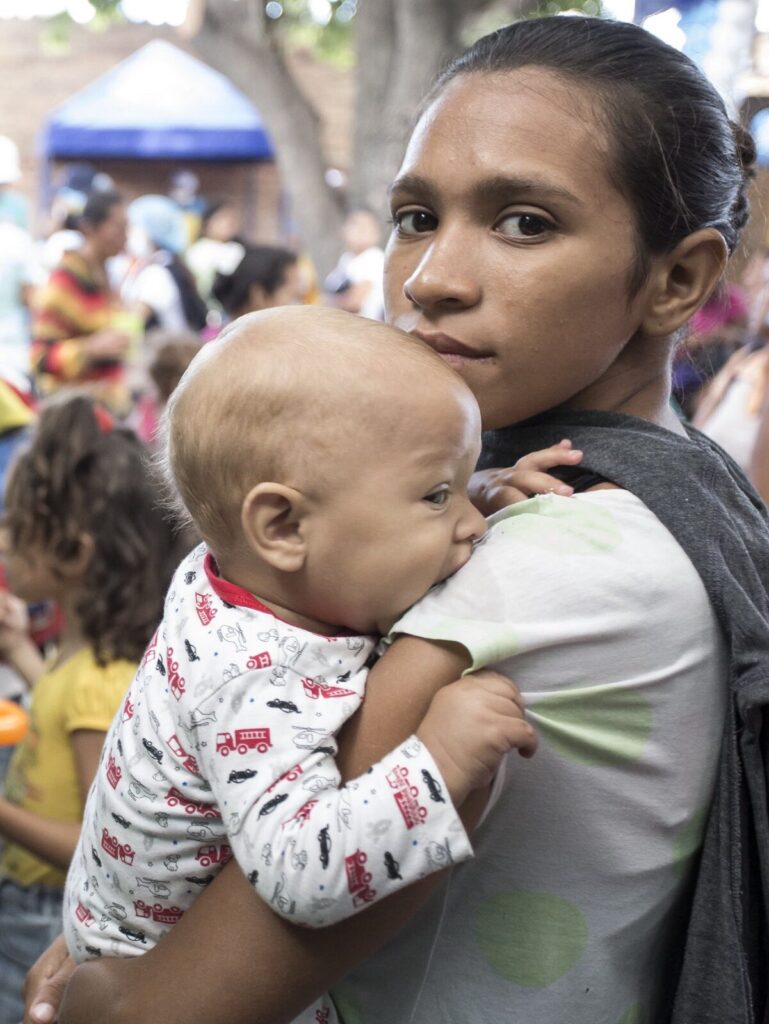
The conflict left hundreds of thousands of people dead, displaced millions and was characterized by widespread human rights violations – including disappearances, sexual and gender violence, recruitment of children and land grabbing – illicit economies and environmental damage. It has deeply permeated the country’s social, economic and political fabric, and its legacy will pose serious challenges for the implementation of the peace agreements and the achievement of development goals.
While Colombia is classified as an upper middle income country, it ranks second in the region – and seventh in the world – for income inequality. Extreme poverty is still present, affecting disproportionately certain regions and types of population. In particular, ethnic minorities – including indigenous and Afro-Colombian communities – in former conflict zones are paying a heavy price for years of marginalization. Coastal regions present the most severe deficiencies, with the Caribbean department of La Guajira reaching a peak of 90 percent of rural population with unsatisfied basic needs.

